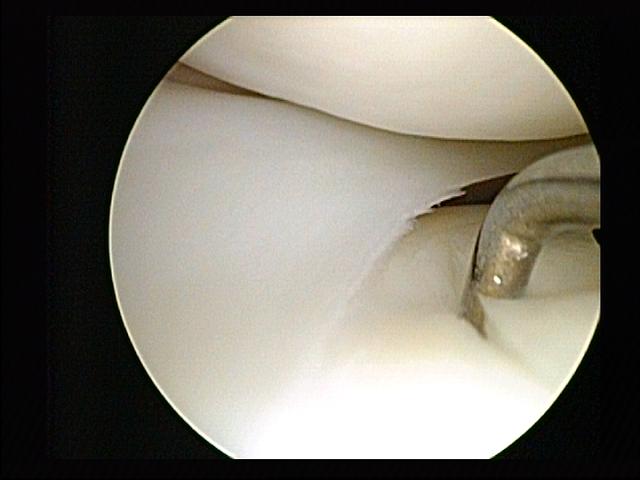What is knee arthroscopy surgery?
Knee arthroscopy surgery can be a vital method of diagnosis to address knee joint problems, leading to treatment. Surgery involves a procedure during which a small incision is made, before a tiny camera is inserted. This camera is known as an arthroscope.
Why is knee arthroscopy surgery needed?
Arthroscopic knee surgery is typically undertaken following the diagnosis of a knee condition, but can also be used in the diagnosis process.
Problems which can be managed by arthroscopic knee surgery include a torn meniscus, loose body, damaged joint cartilage, malaligned patella, a torn anterior cruciate ligament and a torn posterior cruciate ligament.
Arthroscopic surgery cannot treat established arthritis in the joint.
What does a knee arthroscopy involve?
A patient will discuss the procedure with their surgeon before entering the operating room, as well as talk to an anaesthetist about their method of anaesthesia.
Small incisions in the knee will be made by the surgeon, before the expansion of the knee is achieved by the insertion of sterile salt water. The camera is then inserted, allowing the doctor to view the joint area. Corrective procedures can be undertaken with small tools, before the surgeon drains the joint and closes the incision area.
Routine arthroscopic knee surgery typically takes about half an hour but ligament reconstruction may take longer with patients allowed to return home on the same day of the procedure.
Recovery time for knee arthroscopy surgery
Swelling can be reduced by the application of an ice pack immediately following surgery, and any pain can also be reduced by elevating the knee. Recovery from arthroscopic knee surgery can take up to two to four weeks, but the length of the recovery period will vary from patient to patient. During this time, the normal state of joint fluid can return in the knee.
Physical therapy can include an exercise programme which has the ability to improve a range of motion and muscle strength.


